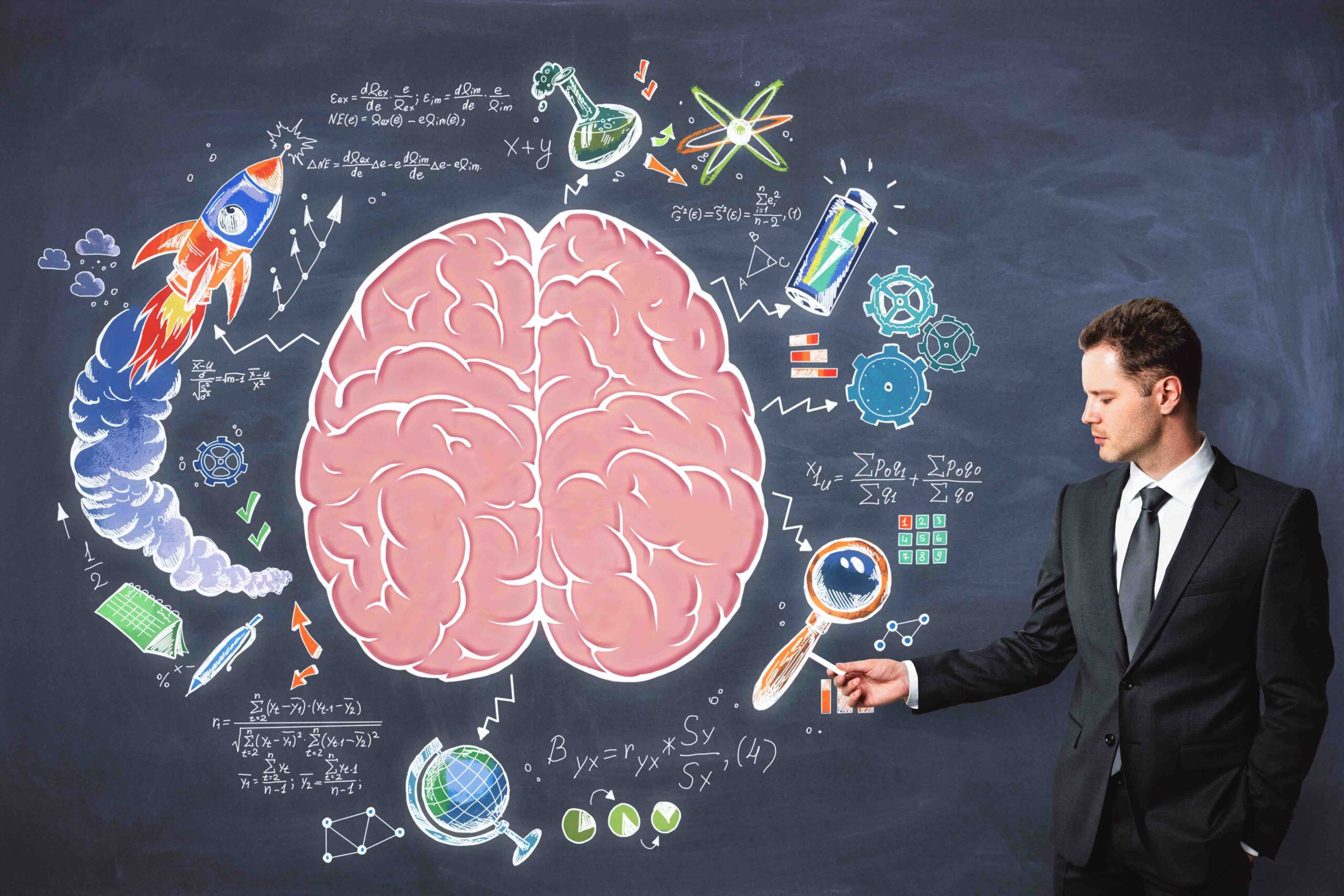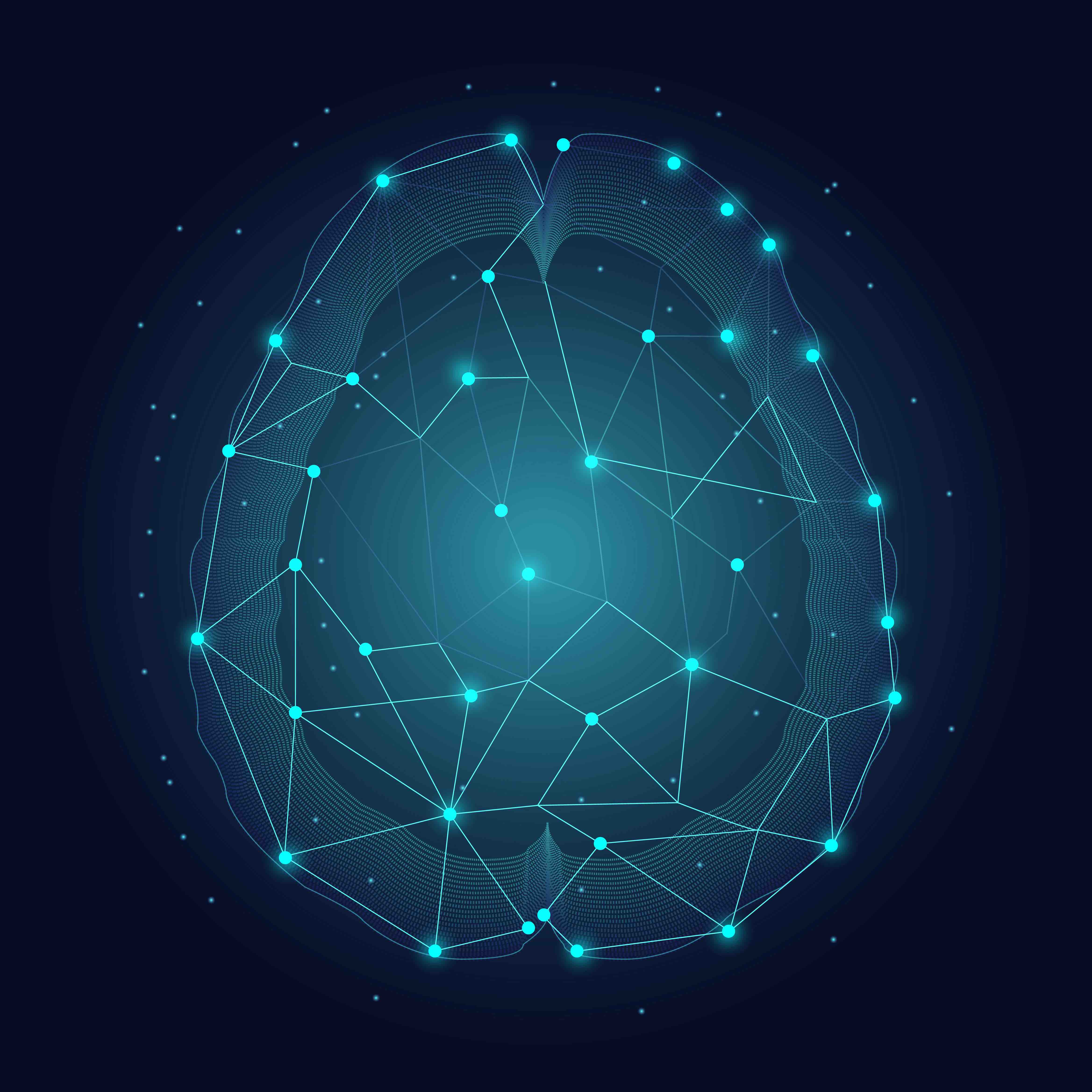The human brain is an incredible organ with an extraordinary capacity for change and adaptation. This phenomenon is known as neuroplasticity, and it revolutionizes our understanding of how we learn and grow. In this blog, we will delve into the fascinating concept of neuroplasticity, exploring its implications for learning and uncovering strategies to optimize our brain’s remarkable potential.

Understanding Neuroplasticity:
Neuroplasticity refers to the brain’s ability to reorganize its structure, form new neural connections, and adapt its functions in response to experiences, learning, and environmental changes. Contrary to the old belief that the brain is fixed and unchangeable, neuroplasticity showcases the brain’s lifelong capacity to learn and evolve.

The Science Behind Learning:
Learning is not a static process but a dynamic interplay between neural connections and the environment. When we learn something new, our brain cells, or neurons, communicate with each other through electrical and chemical signals. As we repeat and reinforce these connections, they become stronger and more efficient, enhancing our ability to recall and apply the learned information.
Optimizing Neuroplasticity for Enhanced Learning:
1- Embrace Growth Mindset: Cultivate a mindset that believes in the power of growth and the capacity for change. By viewing challenges as opportunities for growth rather than obstacles, we can create a conducive environment for neuroplasticity to thrive.
2- Practice Deliberate Learning: Engage in deliberate practice, focusing on specific skills or knowledge areas that you want to improve. Breaking down complex tasks into smaller, manageable chunks and providing focused, repetitive practice can help reinforce neural connections and solidify learning.
3- Welcome Novelty and Variety: Introduce novelty and variety into your learning experiences. New and diverse activities stimulate different regions of the brain, promoting the formation of new neural connections and enhancing overall neuroplasticity.
4- Utilize Multisensory Approaches: Engage multiple senses while learning to activate different parts of the brain simultaneously. Incorporate visual aids, auditory cues, and kinesthetic activities to reinforce learning and create stronger neural pathways.
5- Maintain a Healthy Lifestyle: A healthy lifestyle contributes to optimal brain function. Prioritize regular exercise, adequate sleep, a balanced diet, and stress management techniques to provide an optimal environment for neuroplasticity and efficient learning.

In conclusion:
Neuroplasticity is a groundbreaking concept that highlights the brain’s ability to adapt and rewire itself throughout life. By understanding and harnessing the power of neuroplasticity, we can unlock our unlimited learning potential. Embracing a growth mindset, practicing deliberate learning, seeking novelty, utilizing multisensory approaches, and maintaining a healthy lifestyle all contribute to optimizing neuroplasticity and enhancing our learning abilities. So, let us embark on a journey of lifelong learning, embracing the transformative power of our own remarkable brains.



